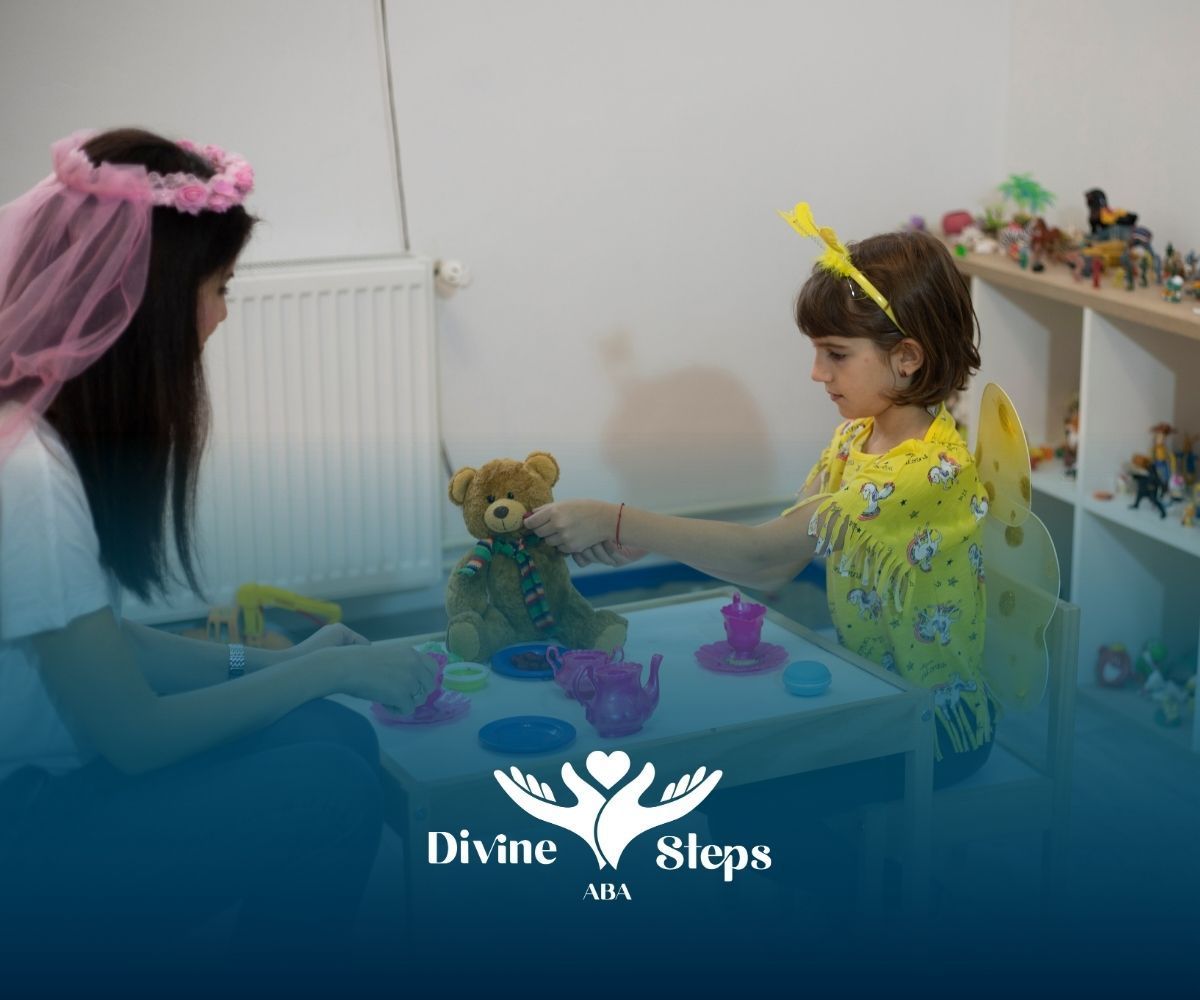Website by CWS
Autism and Transitions: Why Change Is Hard — and How to Make It Easier
Transitions can be tough for children with autism. Moving from one task to another — like playtime to bedtime or class to lunch — can feel stressful or confusing.
The good news? With understanding, patience, and the right support, transitions can become smoother and less overwhelming for both kids and parents.
Why Transitions Are Challenging for Kids with Autism
For many children on the autism spectrum, structure and predictability are essential. Transitions often mean a change in routine, which can trigger anxiety or frustration. This happens because:
- Shifting focus from one activity to another can take extra effort.
- Sensory sensitivities can make new environments feel overwhelming.
- Unclear expectations can cause confusion or resistance.
When a child doesn’t know what’s coming next, it can lead to meltdowns or shutdowns. Understanding this is the first step toward making transitions easier.
Simple Ways to Support Smooth Transitions
Helping children with autism navigate changes doesn’t require big, complicated plans. Small, consistent strategies go a long way in building confidence and reducing stress.
Here are some effective tools often used in ABA therapy for autism:
- Visual schedules: Use pictures or icons to show what’s happening next.
- Countdowns and timers: Give gentle reminders — “Two more minutes, then clean-up time.”
- Consistent routines: Predictability helps children feel safe and in control.
- Clear communication: Explain what’s changing and why, in simple language.
- Positive reinforcement: Praise small successes when your child transitions calmly.
These approaches can help children develop flexibility and independence — important life skills supported through Applied Behavior Analysis (ABA).
Get Expert Support for Autism and Daily Transitions
If your child struggles with transitions, you don’t have to handle it alone. Divine Steps ABA provides compassionate, personalized ABA therapy for children with autism.
Our team helps families build routines that support growth, communication, and emotional regulation.
We offer:
- In-home ABA therapy for personalized support right where your child feels most comfortable
- Autism evaluation to understand your child’s unique strengths and needs
- ABA therapy in Maryland, Virginia, and North Carolina
Ready to make daily routines easier? Contact Divine Steps ABA today to learn how their expert team can help your child handle transitions with confidence and calm.
FAQs
1. Why do transitions cause meltdowns for children with autism?
Transitions interrupt routines and bring uncertainty, which can make children with autism feel anxious or overwhelmed.
2. What’s the best way to help my child adjust to changes in routine?
Visual supports, countdowns, and consistent communication make transitions more predictable and less stressful.
3. Can ABA therapy help with task transitions?
Absolutely. ABA therapy teaches practical skills for coping with change, following routines, and staying calm during transitions.
Sources:
- https://www.mayinstitute.org/news/acl/asd-and-dd-child-focused/helping-children-with-autism-spectrum-disorder-adjust-to-change/
- https://iidc.indiana.edu/irca/articles/transition-time-helping-individuals-on-the-autism-spectrum-move-successfully-from-one-activity-to-another.html
- https://www.brownhealth.org/be-well/children-autism-and-change-tips-make-transition-easier
- https://www.autism.org.uk/advice-and-guidance/topics/transitions
- https://www.psychologytoday.com/us/blog/autism-and-anxiety/201912/smoother-transitions-children-the-autism-spectrum




